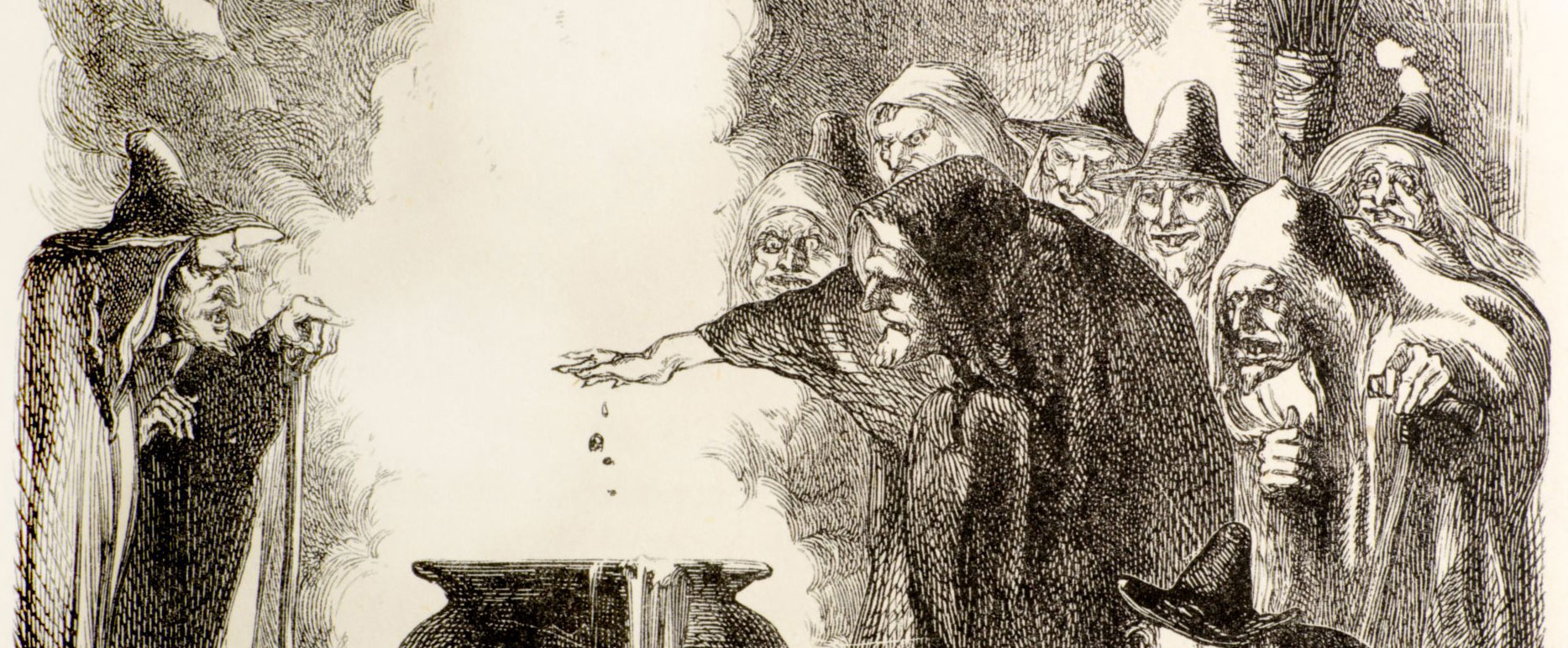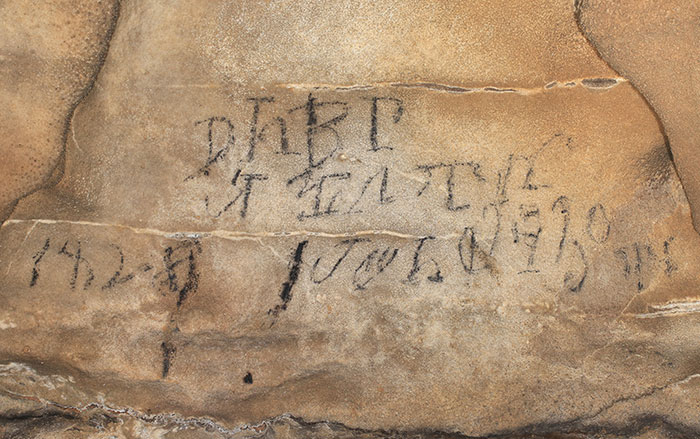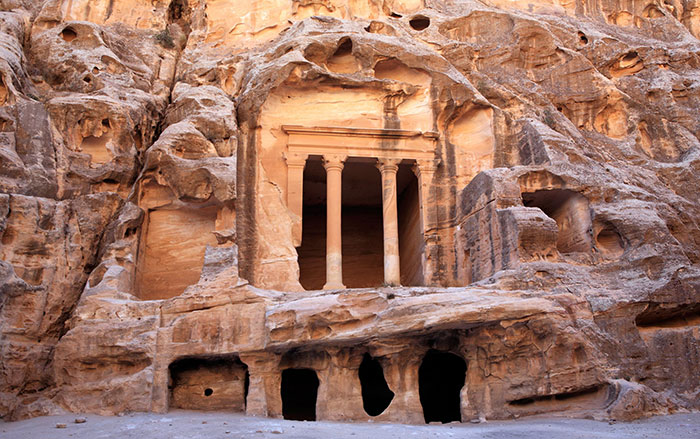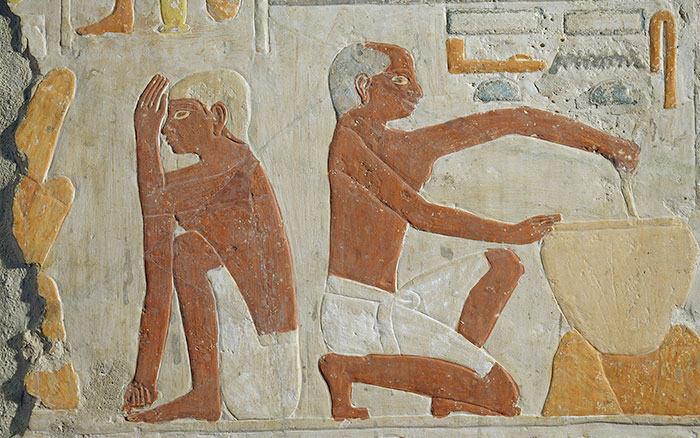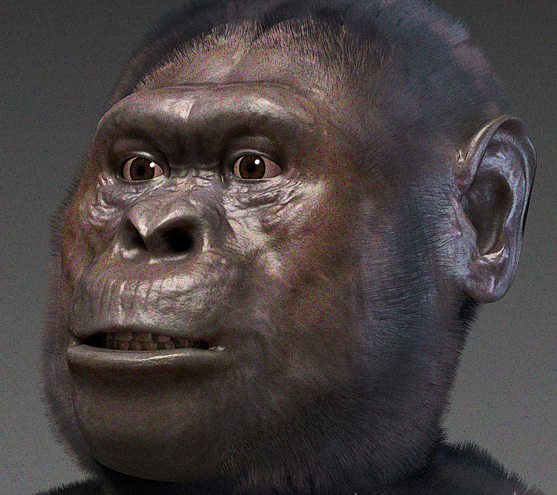
ST. LOUIS, MISSOURI—According to a statement released by Washington University in St. Louis, a study of the wear and tear caused by food particles on tooth enamel suggests human ancestors may have eaten more hard plant foods than previously thought. Biological anthropologist Adam van Casteren explained that early hominins such as Australopiths had very large teeth and jaws, and probably also had huge chewing muscles that would have allowed them to crush nuts, seeds, tubers, and woody plant material. Scientists predicted such a diet would leave microscopic pits on fossilized hominin teeth, but most known specimens do not show this kind of wear and tear. So, Van Casteren and his colleagues dragged tiny pieces of seed shells across a Bornean orangutan molar, and observed the wear and tear they caused. The researchers found that the seed fragments did not leave behind any pits, scratches, or fractures in the orangutan molar, even though the seed particles began to break down as if they had been chewed. Van Casteren and his colleagues suggest the study will help researchers figure out what our earliest ancestors actually ate. For more on the diet of our human ancestors, go to "Marrow of Humanity."






